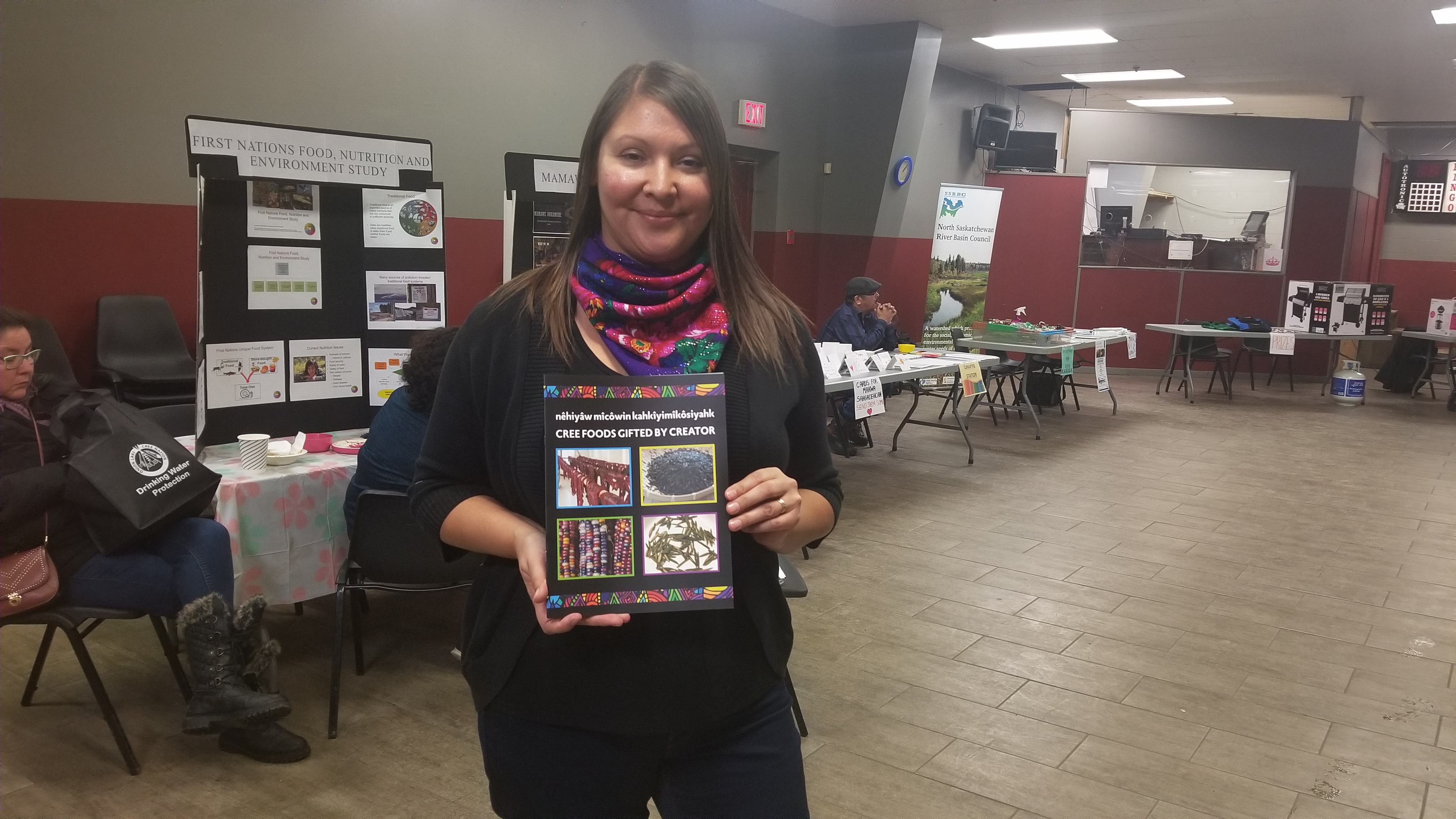Members of the Onion Lake Cree Nation were able to get a look at what is being done to protect the water supply in Onion Lake.
A presentation hosted by the Onion Lake Health Board was held on November 29 to discuss the protection of source water in the First Nations and food security. Robert Patrick, an Associate Professor of the Department of Geography and Planning at the University of Saskatchewan, and Katherine Finn, manager of the North Saskatchewan River Basin Council, presented the Onion Lake Source Water Protection Plan.
The plan was a partnership between Onion Lake and the two organizations to identify the risks causing damage to the water in the area. The plan also presents a timeline of how long it would take to remedy the risks.
Patrick says some of the consistent problems that affect the water quality in First Nations are landfills and abandoned wells.
“Once a dump is full it’s re-established in a new location and they often leach contaminants into the groundwater supply. Abandoned wells are also a problem. They’re often non-capped so floodwaters can flow into the well casing and contaminate the groundwater.”
Another problem for most First Nations is the use of cisterns however, Patrick says Onion Lake avoided the problem by investing in a pipe distribution system. He says at least ten First Nations in Saskatchewan have implemented a source water protection plan.
“Saskatchewan First Nations are a leader in source water protection planning and I would say there’s more First Nations with water protection plans in this province than municipalities.”
Eugene Lewis is the Water Quality Technician for the Onion Lake water treatment and is a facilitator of the project. He says the plan is complete but will soon guide them to having a clean water system.
“It is very important that we have a plan in place due to industry surrounding our First Nation. Our water source is saturation from the river, a natural well and is fed by spring water. We need to protect our drinking water and there’s nothing protecting it right now.”
Lewis says protecting the source water ensures the animals that live on the land and food grown in the area are also safe and healthy.
“The study done [found] our water was contaminated. Our lakes up north, studies were done on them and all of them have come back positive for some contaminants and our wildlife drink that and in turn, we eat the animals. A source water protection plan won’t just protect the waters on reserve but the surrounding areas too.”
The other part of the presentation centred around the idea of making communities more food secure. A book called “Cree foods gifted by creator” was given to attendees and features success stories of different communities in Treaty 4 and 6 territories of how they became more food secure.
Author Michelle Brass hopes the book will inspire other communities and have them take action.
“Different communities take different approaches and some take a more of a focus on individual actions such as taking people out hunting or teaching them fishing skills. Others are more community-driven with things like the grow tunnel or larger-scale initiatives.”
Brass says when a community puts food at the centre of the community it impacts all aspects of community wellness.
“It will positively impact languages and the revitalization of languages, our health outcomes, our education. It helps to reestablish our kinship systems. It touches on economic development. There are so many areas.”
The book is funded by the Onion Lake First Nation and is available through the Onion Lake Health Board.




